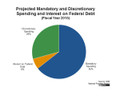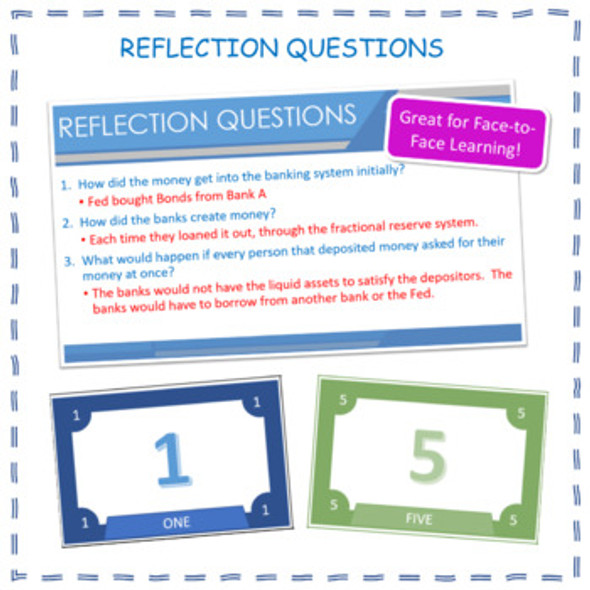Description
This simulation and activity powerfully demonstrate the political and numeric difficulties faced when attempting to balance the federal budget of the United States. First, students are introduced to a site with 16 real-time counters that count up the dollars spent on various expenditures. This provides a vivid demonstration of the magnitude of government spending. Next, students are guided through a series of engaging graphics that place discretionary spending, entitlement spending, and lost revenue to tax loopholes in fiscal perspective. The lost revenue part of the demonstration includes data on who benefits from various loopholes so the concepts of progressive and regressive taxation can be explored. Then the fact that the lost revenue is equal to the entire discretionary budget moves students from an ideological debate over “good and bad” programs, or “who should have to pay more” to a more complex fiscal analysis. Students proceed to an interactive site that allows them to vote on various measures that affect the deficit and to calculate the fiscal impact of their decisions.
The lesson ends with a class discussion/debate about the best way(s) to balance the U.S. budget.
An additional version of the Budget Choices student handout is also included to allow students to research the budgetary positions of presidential and/or congressional candidates and compare them to their own.
Teachers will need Internet access and a projector for this demonstration and discussion portion of this lesson. Students will need Internet access for the activity/simulation and worksheet parts of the lesson.
INCLUDED IN THIS LESSON:
⇒COMPLETE LESSON INSTRUCTIONS
⇒EDITABLE INSTRUCTOR NOTES AS GUIDE FOR CLASS DISCUSSION
⇒FULLY EDITABLE STUDENT HANDOUTS
⇒EXTRA VERSION OF STUDENT HANDOUT THAT ALLOWS STUDENTS TO CONTRAST THEIR OPINIONS WITH PRESIDENTIAL OR CONGRESSIONAL CANDIDATE’S OPINIONS
⇒LINKS TO SPECIFIC PAGES ON THE INTERACTIVE RESEARCH SITE TO AVOID PROBLEMS NAVIGATING THE SITE
⇒LINKS TO TWO INTERACTIVE BUDGET DEFICIT SITES SO STUDENTS CAN TRY TO BALANCE THE BUDGET
⇒ANSWER KEY
⇒COMMON CORE ALIGNMENT TO 8 COMMON CORE OBJECTIVES!
Created by Shawneen Morrison - Visit My Store


















